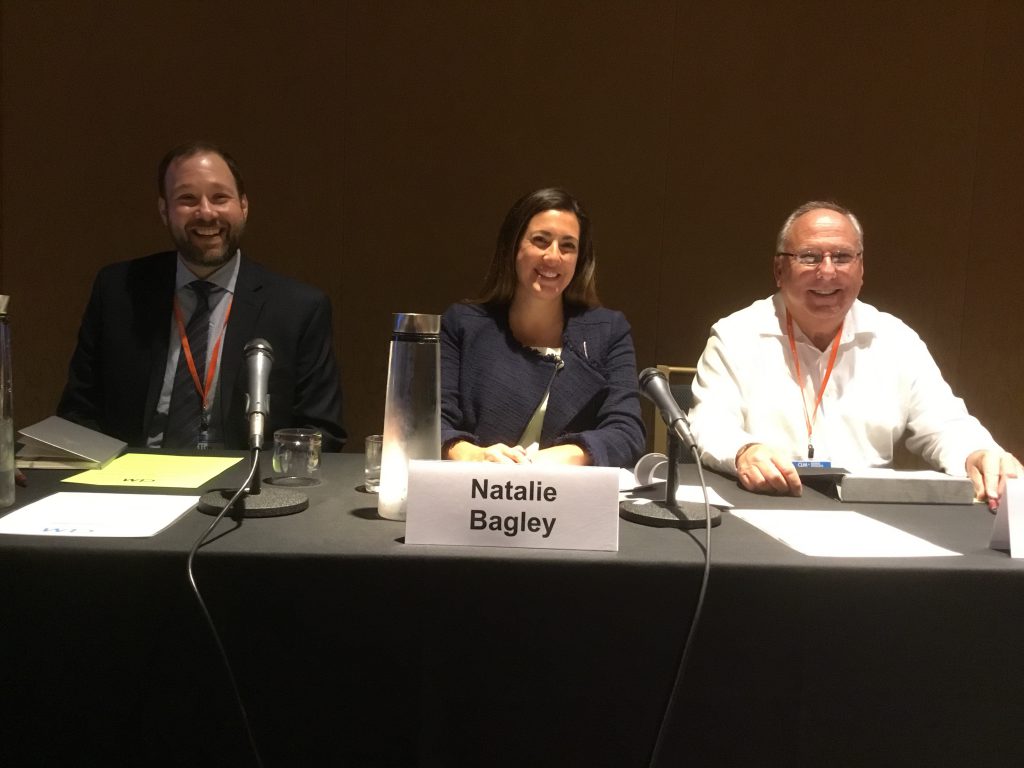Advocacy-Based Claims Handling
At the 2017 Business Insurance/CLM Workers’ Compensation Conference, a panel discussed the importance of having an advocacy-based claims model. The speakers included:
- Natalie Bailey – Attorney, Hennessy Roach PC
- Andy Condrey – Claims Operations Manager, Gray Insurance Company
- Jim Saccone – AVP, Sedgwick
Everyone has a role in advocacy. The employer, TPA, carrier, attorney and all the vendors on a workers’ compensation program have to work together to truly support a culture of advocacy. The injured worker and the physician also have a role.
For the injured worker, this can be a confusing and scary time. They are in pain and concerned about their health and their financial security. It is important to educate the injured worker on the process and the important role they play in the process. We are there to help them recover as quickly as possible but they also must take an active role in their rehabilitation in order for it to be truly successful.
The choice of physician plays a role in an advocacy-based program. You should work to find the physicians that can provide the best medical outcome for the injured worker, even if there are cheaper alternatives. A good medical outcome for the injured worker ultimately results in lower costs for the employer.
There is now research that supports how an advocacy-based approached can produce lower costs. In particular, litigated claims always cost substantially more than non-litigated claims. If you have a better relationship with the injured worker through an advocacy approach, the hope is that you can keep the claim becoming litigated.
One area that is key to the advocacy approach is communication. The words that we use can make a big difference. With one employer that developed an advocacy-based program, they reviewed all communication with the injured worker and made changes to soften the tone. A letter advising that the claim was “denied” instead now says “you are not eligible for workers’ compensation”. The letter also provides a hand-off to their employee benefits advising them of the group health and disability benefits that are available as an alternative to workers’ compensation. This “soft landing” approach on denials significantly reduced the litigation rate for this particular employer.
Another element of an advocacy-based program this employer initiated was self-reporting of claims. About 45% of the claims are now self-reported. They felt this aligned with how disability and group health benefits are delivered and also reflected a culture of trust.
Using direct deposit of workers’ compensation indemnity payments can go a long way to preventing complaints about late checks. This can be a constant friction point with injured workers. They are used to receiving their payroll check via direct deposit, so this is a much more normal experience for the injured worker than receiving a paper check from the carrier/TPA.
Changing the way you communicate with injured workers is also something you can do to promote advocacy. Most people are communicating via email and text. Why send them a letter in the mail when you can communicate with the employee in the same manner they prefer to communicate. This gets information to them sooner, so they can respond sooner, and it can prevent problems caused by miscommunication. Some TPAs also provide apps that the employee can use to communicate with the adjuster, check the status of their indemnity checks, verify medical appointments and other issues.
Advocacy can even be utilized when it comes to claims resolution. Do not only offer settlements to injured workers that have an attorney because all that does is encourage litigation. Be fair in your settlement offers and explain the rationale behind them.
Ways to measure the effectiveness of your advocacy program include duration of disability, litigation rates and satisfaction surveys.


